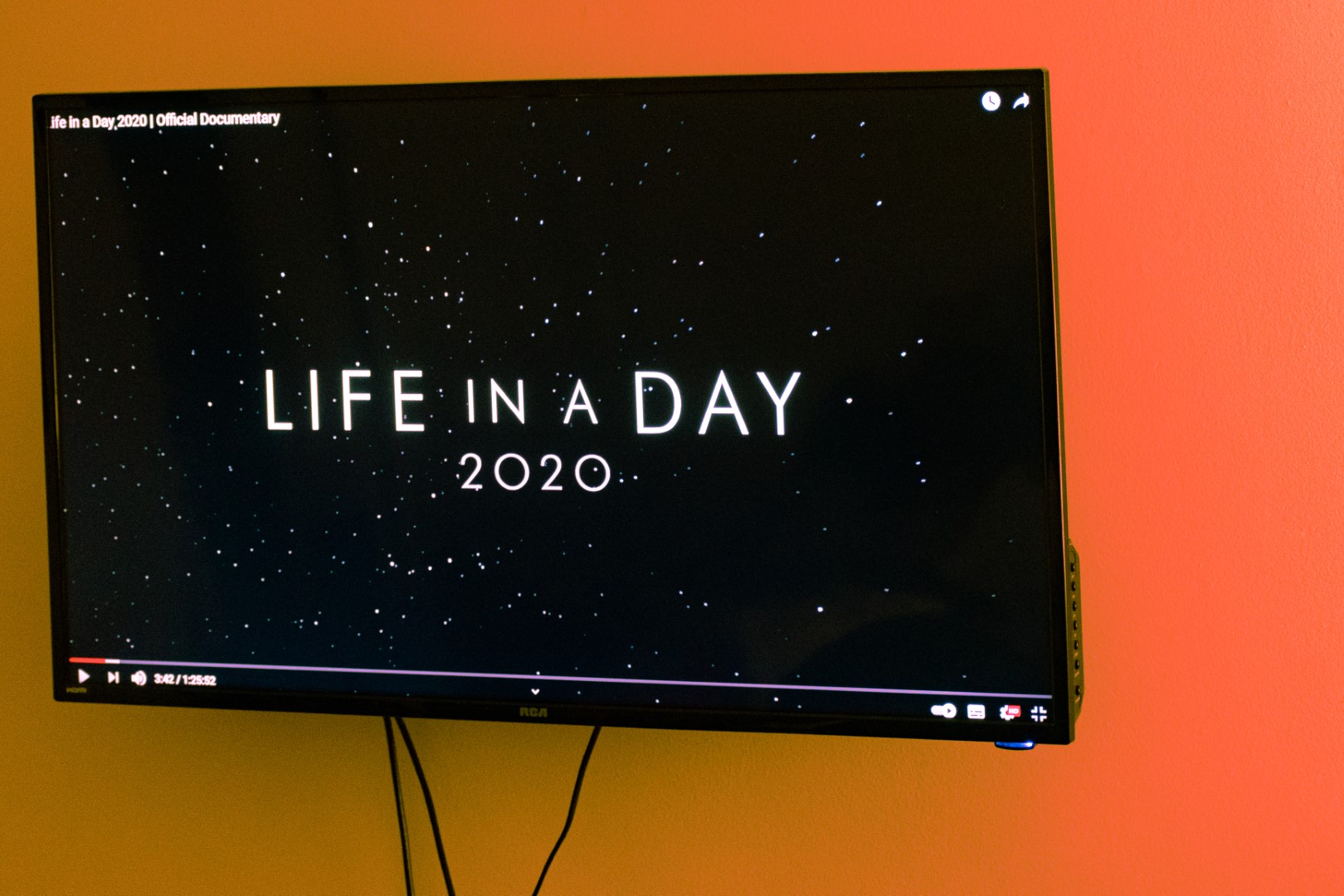
Before, After, and Beyond Life in a Day
By Jerrison Oracion, Senior Columnist
4/5
Some of the footage that was sent in was so similar, and this allowed the film editors to create very smooth transitions between the segments.
On July 24, 2010, Academy Award winning director Ridley Scott and YouTube asked everyone to film themselves throughout the day and submit their footage to be involved in a revolutionary project. Thousands of people sent their footage and it led to the creation of a cinematic documentation of a typical day during normal times. During that time, everyone was able to attend concerts, the golden age of YouTube was getting to its peak, and change was rolling in society.
Ten years later, a lot of progress has been made—and with the coronavirus pandemic unexpectedly affecting the entire world, it is good timing to document the historical year with Life in a Day 2020. I watched the previous film before watching the sequel since some of the people in the first film give updates. The documentary is presented in a series of montages; we see the different aspects of life and have big questions answered—including what is in people’s pockets.
What makes the documentary interesting is that some of the footage that was sent in was so similar, and this allowed the film editors to create very smooth transitions between the segments—and, add music to that, it easily made life look epic. Audio from one footage mashed with other authentic footage of life makes the segment more impactful. Life in a Day shows that anyone can be a filmmaker and if you see something, turn on your camera and begin shooting an event that could be important later in history.
The sequel takes place on July 25, 2020 and includes 324,000 videos—and this is more submitted footage than previous film received. Many people recorded their lives, including myself. I recorded myself on my way to the supermarket that I work in, the surrounding areas during my break, and the sun setting at home, though it did not end up being in the final film. However, we do see a variety of stories which tackle the pandemic, how people are trying to enjoy themselves, who they love, what they fear, and how they are surviving.
Compared to in 2010, more people are using mobile devices and there is a lot of content on YouTube. After a decade with ups and downs that led to a lot of changes to society, life continues to progress and the end of the tunnel nears. We also find out that someone that was seen in the previous film passed away from the coronavirus and one person that only had a father in the first now has a stepmother.
Around the time the documentary was filmed, many people filmed their footage with a video camera or a cellphone camera which was okay quality. There were times throughout the film where black bars are seen in scenes that were not filmed in widescreen. Compared to 10 years later in Life in a Day 2020, we see less of that and the images are sharper because most of it was filmed in 4K. When it was released on February 6, a director’s cut version of the documentary was included which was available for YouTube Premium users one week before everyone else could watch it, and it also had two minutes of additional footage.
YouTube Premium users can also watch deleted and extended scenes which could have been added to the film with its running time of one hour and 27 minutes. Life is worth it and epic to experience. There will be another Life in a Day in nine years and hopefully the footage that I made will be archived for future generations.
